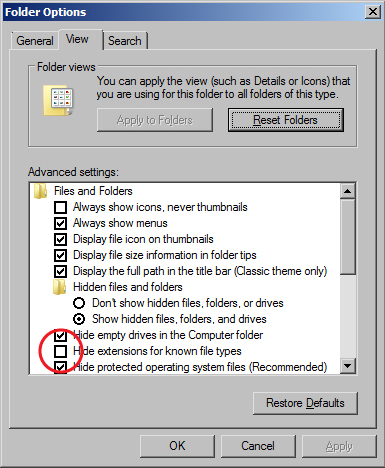BIOL388/S25:Help
From OpenWetWare
Jump to navigationJump to search
Some pages designed to help students become familiar with OpenWetWare.
- Getting Started
- Why and how to use OpenWetWare in this course
- Some basic guidelines for editing OpenWetWare
- OpenWetWare help pages
- MediaWiki help pages
What to do if there is a OpenWetWare outage
- We recommend that when doing your journal assignments, "save early, save often". That is, work in short increments, saving your work in small pieces. This will help you avoid losing your work if there is an issue with the internet.
- We also recommend that you begin your assignments well ahead of the deadline so that you have enough time to complete them on the wiki.
- While we do not anticipate any problems, in the event of an OpenWetWare outage near a deadline, please do the following:
- send an e-mail to both instructors notifying us of the outage, attaching a screenshot documenting the problem;
- complete the unfinished portion of the assignment as a Word document and e-mail it to both instructors. Even though you are saving it as a Word document, write it in wiki syntax so that it can be saved back to the wiki when it becomes available again.
Tips & Tricks
Please feel free to add any tips and tricks you have learned so the whole class can benefit from your knowledge.
Windows
Screenshots
- To take a screen shot, press
AltandPrint Scrntogether. The contents of the active window will be saved on your clipboard. You may then paste into a graphics program (like Adobe Photoshop or Microsoft PowerPoint) and save the file.- Note that pressing the
Alttakes screenshot of the active window (the one on top) only. If you just pressPrint Scrn, it will take a screenshot of the entire Desktop.
- Note that pressing the
Compressing Files with 7-Zip
- The 7-Zip file compression software has been installed on the computers in Seaver 120. To compress a single file or a group of files, do the following:
- Select all of the files you want to zip together by clicking and dragging or control-clicking on the filenames.
- Right-click on your selection. In the context menu that appears, select the menu option: 7-Zip > Add to archive
- Make sure there is a meaningful filename in the field under the word "Archive:". If not, change it to something that is. Typically you will want to include your name or initials, a short descriptor of what the file contains, and the date in year-month-day format (yyyy-mm-dd).
- Select "zip" as the Archive format.
- You do not need to change any of the other defaults. Click OK. The zip file will appear in the same folder as the files you compressed.
Decompressing Files in Windows
- Files with the .zip extension are compressed files that need to be decompressed before using them.
- Right-click on the file icon to open the context menu.
- Select "Extract all".
- Click the "Extract" button.
Turning on File Extensions in Windows 10/11
- The Windows 10/11 operating systems defaults to hiding file extensions. To turn them back on, do the following:

Folder Options window - Go to the Search menu (circle icon) "File Explorer Options" in the search field. Select the result.
- When the File Explorer Options window appears, click on the View tab.
- Uncheck the box for "Hide extensions for known file types".
- Click the OK button.
- The computers in Seaver 120 are are set to erase all custom user settings and restore the defaults once they have been restarted, so if you have done this previously, you might have to do it again.
Setting the Download Options for FireFox and Chrome
- For Mozilla FireFox (122.0.1 or higher)
- For this class we want to set the default download folder to "Desktop" and have Firefox ask each time a file is downloaded
- Go to the Settings menu, General.
- First, under the Files and Applications > Downloads section, next to "Save files to" click the "Browse" button, select the Desktop, and click the OK button.
- Second, check the box next to "Always ask you where to save files"
- For this class we want to set the default download folder to "Desktop" and have Firefox ask each time a file is downloaded
- For Google Chrome (Version 121.0.6167.162 or higher)
- For this class we want to set the default download folder to "Desktop" and have Chrome ask each time a file is downloaded
- Options set to default downloads to Desktop and to ask each time a file is downloaded
- Go to Settings page, click on the "Downloads" menu item on the left hand side.
- First, under the "Location" section, click the "Change" button, select the Desktop, and click the OK button.
- Second, move the slider "Ask where to save each file before downloading" to the right to turn it on.
Other Useful Links
- LMU Library Guide for Biology 478 (but also useful for this class)
- How to access LinkedIn Learning tutorials